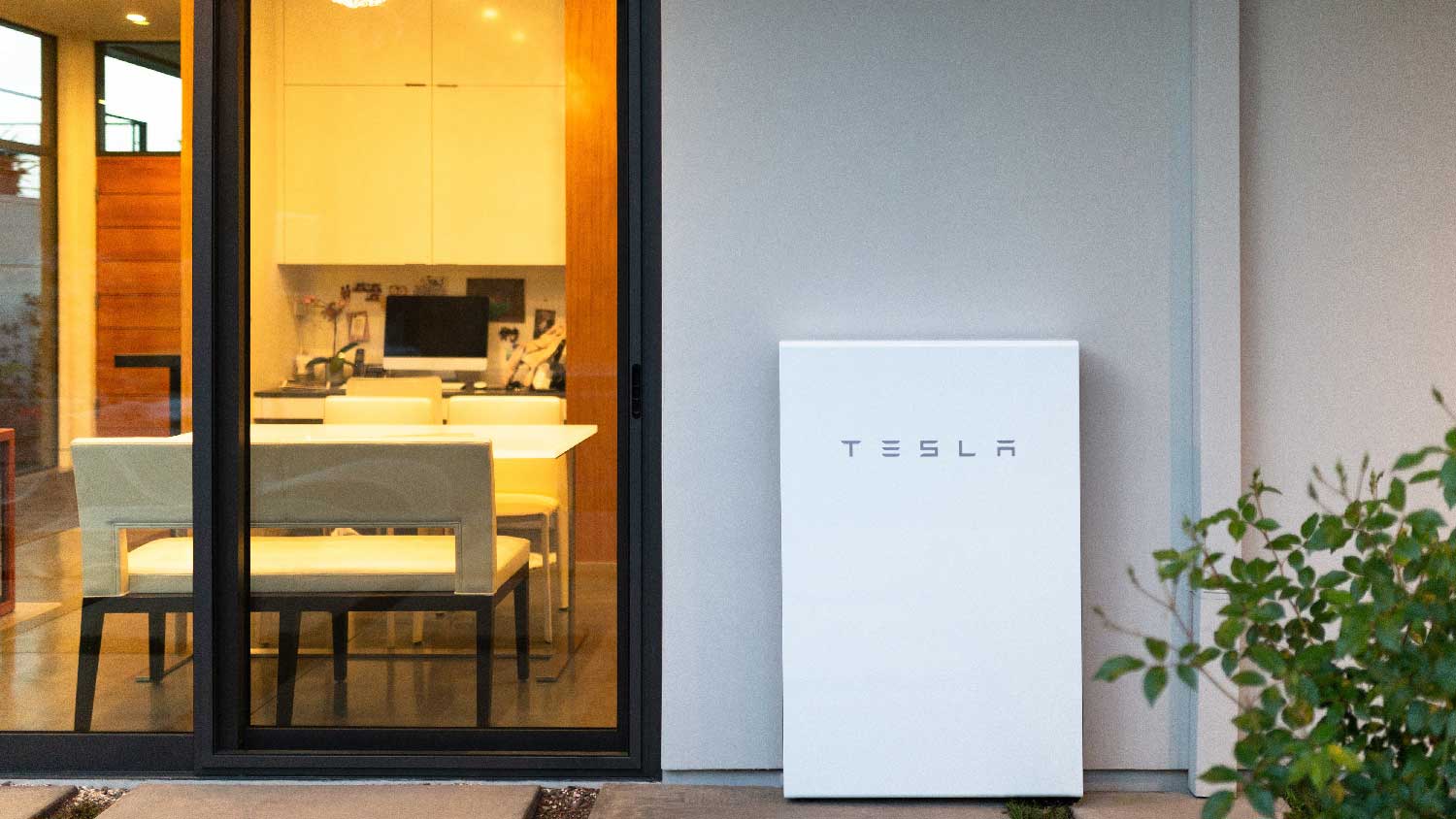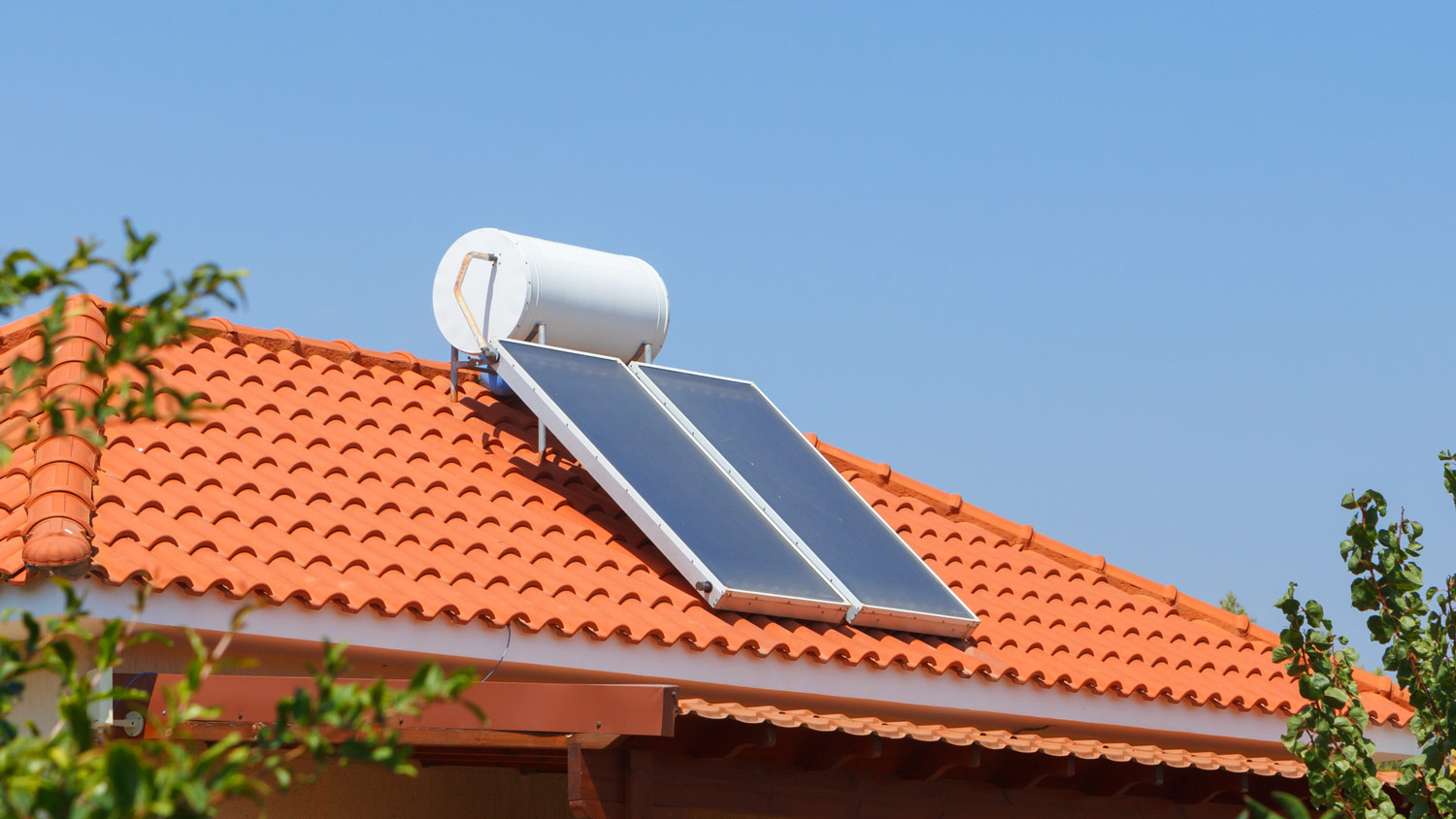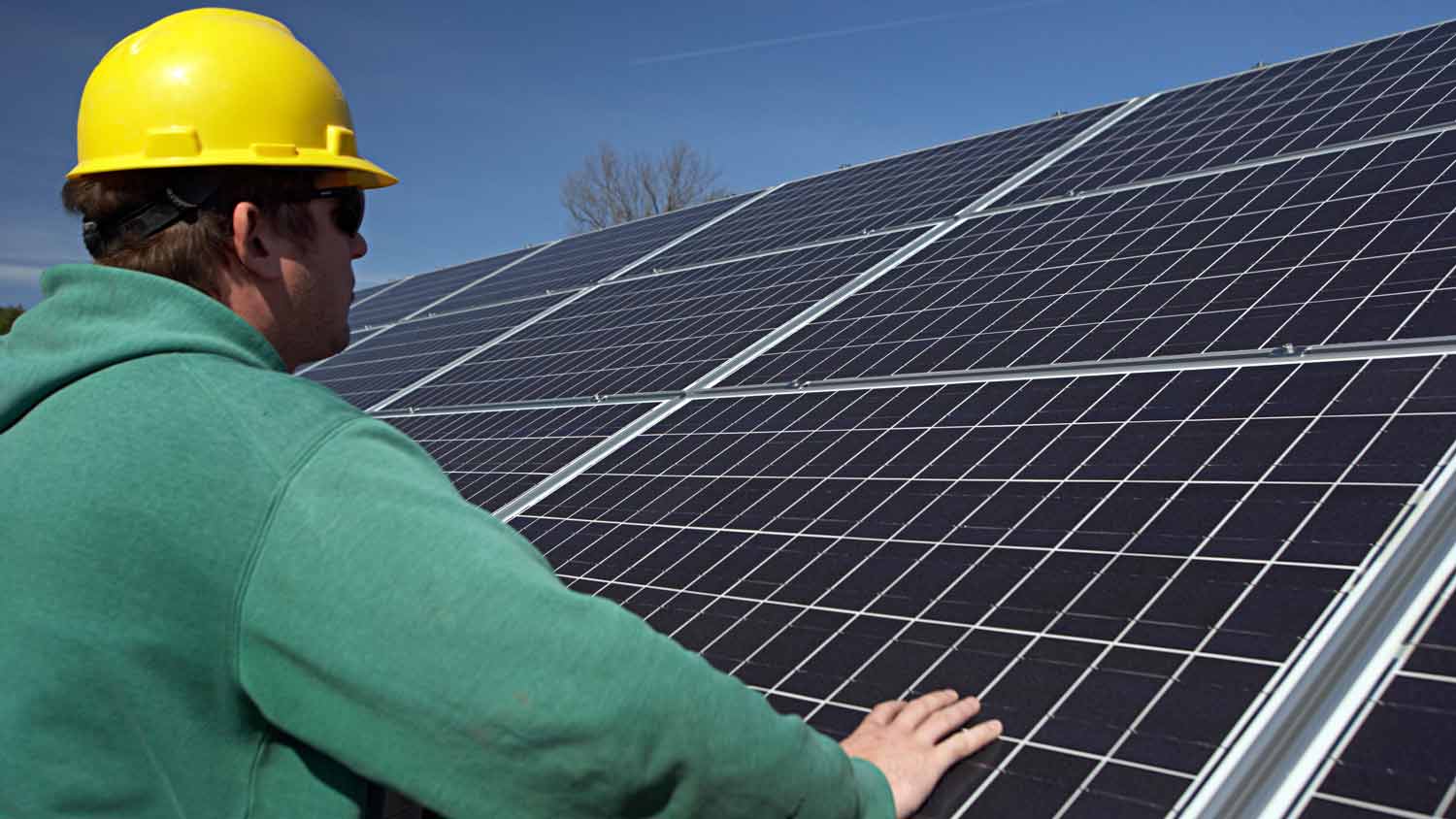
Discover the Tesla Powerwall installation cost, including average prices, cost factors, and tips to help homeowners budget and save on their Powerwall project.
The average U.S. homeowner spends $2,000 on a solar inverter, but costs range from $1,000 to $3,000 depending on the model and the number of inverters.


A solar inverter makes up about 10% of the total cost of your solar energy system.
Expect to spend $0.15 to $0.24 per watt on a solar inverter, not including labor costs.
The size of your system, the type of inverter, and the efficiency rating affect your final cost.
Most solar panel contractors charge around $50 to $100 per hour.
You may save $1,000 to $2,500 up-front by choosing a string inverter over a microinverter or hybrid inverter.
A solar inverter costs $2,000 on average, with prices often ranging from $1,000 to $3,000. That said, some homeowners spend as little as $800 or as much as $5,000. You won’t be able to use the electricity generated by your solar panels without a solar inverter, and the price is often included in installation fees.
To help homeowners with their next project, Angi provides readers with the most accurate cost data and upholds strict editorial standards. We’ve surveyed thousands of real Angi customers about their project costs to develop the pricing data you see, so you can make the best decisions for you and your home. We pair this data with research from reputable sources, including the U.S. Bureau of Labor Statistics, academic journals, market studies, and interviews with industry experts—all to ensure our prices reflect real-world projects.
You’ll spend $0.15 to $0.24 per watt on a solar inverter, excluding installation costs. The inverter’s capacity should closely match the DC size of your solar panels. For example, a 6 kW solar array typically pairs with a 6 kW inverter; however, slightly smaller or larger inverters may be used, depending on the system design.
Use a solar panel inverter size calculator to determine the right size for your system. You can also reference this table for the average solar inverter cost based on size:
| Size of Solar Energy System (kW) | Average Cost of Inverters |
|---|---|
| 5 | $750–$1,200 |
| 6 | $900–$1,440 |
| 7 | $1,150–$1,680 |
| 8 | $1,200–$1,920 |
| 9 | $1,350–$2,160 |
| 10 | $1,500–$2,400 |
| 11 | $1,650–$2,640 |
| 12 | $1,800–$2,880 |
There are three main types of solar inverters for your home: string inverters, microinverters, and hybrid inverters. Each type has its own benefits, drawbacks, and price tag. Here’s a breakdown:
| Type of Solar Inverter | Number Required | Average Cost per Inverter | Description |
|---|---|---|---|
| String Inverter | 1-3 | $800–$2,500 | Connects several solar panels, which send their electricity to a central point where the inverter converts the power |
| Microinverter | 15–34 | $150–$350 | Installed on the underside of each panel; converts electricity as soon as it’s generated, helping increase efficiency by limiting energy loss |
| Hybrid Inverter | 1-3 | $1,000–$5,000 | Combines a solar inverter and a battery in a single unit; stores the excess power, increasing efficiency and helping you avoid losses during power outages |
For installation of the entire system, expect to spend around $0.50 per watt on labor. If you’re only installing the inverter, the total labor cost ranges from $200 to $500. Solar panel contractors are highly specialized electricians who can handle the technical nature of the project.
Several other factors influence the overall cost of your solar inverter, including efficiency, system type, and warranty. Here’s what to expect.
Efficiency: 15–25% premium for high-efficiency inverters over standard models
System type: 70%–100% more expensive for an off-grid system (removed from your city’s electrical grid) than a grid-tied system (which maintains a connection with your city’s electrical grid)
Power optimizer: $50–$200 per panel
Warranties: 10%–30% more for an extended warranty over a standard one
Most local solar panel installation pros charge $50 to $100 per hour, and this is well worth the cost, as DIY solar inverter installation isn’t recommended.
Here’s why you should hire a pro to install a solar inverter:
Solar inverters handle high-voltage electricity, which can be dangerous.
Licensed installers will obtain permits and ensure code compliance.
Many manufacturers require professional installation to maintain the warranty.
Professionals can configure the inverter for your specific system and energy needs.
Many regions require licensed electricians for this task.
Depending on the situation, replacing your solar inverter can be more expensive than repairing it.
Solar inverter replacement cost: $800–$5,000
Solar inverter repair cost: $500–$3,000
You’ll want to replace your inverter in the following situations:
It’s failing and nearing the end of its expected lifespan (10 to 20 years)
It has extensive damage
Repairs amount to more than 50% of the cost of a new inverter
Previous repairs failed
In these situations, you might repair the solar inverter instead:
Minor or specific issues, like blown fuses or faulty wiring
Still under warranty
The repair cost is significantly less than the replacement cost
Your inverter is relatively new (less than 7-10 years old)
Solar energy systems are an investment, but there are some ways you can save on the cost of the job.
Government credits and tax incentives. The U.S. Department of Energy reported that the Solar Investment Tax Credit, extended and expanded by the Inflation Reduction Act of 2022, can help save thousands on the cost of a solar energy system. As part of the credit, you can write off 30% of the installation costs on your federal tax return—more than $7,500 for the average system.
Choose a string inverter. String inverters are more wallet-friendly than microinverters or hybrid inverters. You can save $1,000 to $2,500 upfront by opting for this type. However, note that string inverters may produce less energy over the system's lifespan.
Send power back to the grid. Depending on your system, you may be able to send excess power back to the grid if you don’t store it in a battery. This can sometimes warrant energy bill credits or compensation from your local utility company, which helps offset some of the installation costs. You can use the Utility Rate Database from OpenEI to estimate your expected costs.
The average ROI for solar panel installation is not exceedingly high. You can expect a 35% return, but you’ll save between $650 and $1,500 per year on your energy bills. Eventually, your solar panel system could pay for itself.
While hiring a solar panel installation pro will cost $50 to $100 per hour, it’s always best to outsource this project.
Handling solar inverters can be dangerous, and licensed installers will obtain permits and ensure code compliance.
You might consider repairing your inverter if it’s relatively new and experiencing a minor issue.
From average costs to expert advice, get all the answers you need to get your job done.

Discover the Tesla Powerwall installation cost, including average prices, cost factors, and tips to help homeowners budget and save on their Powerwall project.

Get a clear estimate for solar water heater repair cost. Learn what impacts pricing and how to budget for your solar water heater repair.

There are a few factors to consider when it comes to solar panel repair costs. This guide breaks down the prices of solar panel removal, repair, and replacement.

How do solar panels work and what exactly do they do? Learn all about solar power generation to decide if it’s the right decision for your home.

Solar batteries allow you to store excess energy from your solar panels, but what are the pros and cons of solar battery storage? We break it all down.

Find out how much it costs to remove solar panels, including average prices, key cost factors, and tips to save money on your solar panel removal project.